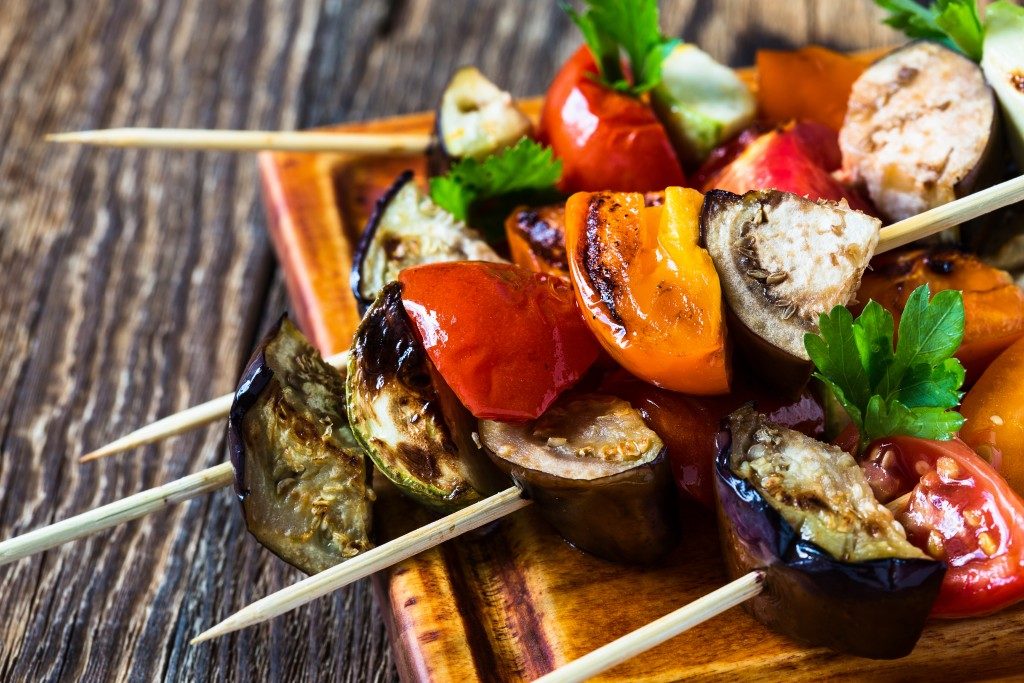Nutrition and sustenance are not the only purposes of food. It’s also considered an art. Our senses are interrelated so we feel more delight when a dish doesn’t only satisfy our tastebuds but our eyes as well. One way of showcasing culinary creativity, especially when hosting parties, is through appetizers.
Here’s a short discussion on decorative appetizers, including a brief detail on its history and types:
Historical Background
Appetizers are dishes served in small portions prior to the main course. These are meant to occupy the guests and stimulate their appetite as they wait for the main dish to be served. The history of appetizers goes way back to ancient Greece and Rome when people often socialized while having little pieces of fruit, cured meat, cheese, fish, and olives.
The literal translation for the French name for appetizers — hors d’oeuvre — is “outside of the masterpiece.” Wealthy Frenchmen often reflected their affluent lifestyles in their cuisine from the late 17th to the mid-19th centuries. Guests were offered fancy morsels while waiting for the revelation of a gourmet “masterpiece.” The English term for hors d’oeuvre was first coined at the beginning of 1860.
Americans adapted the hors d’oeuvre and served them not primarily as stimulants, but side dishes for refreshing the palate. Today, people offer appetizers to guests as party snacks that may or may not be followed by a main dish. In casual settings and some certain formal events, such as press conferences and art exhibits, appetizers are usually served on their own — not as part of a multiple-course meal.
Variety of Cuisines
Nowadays, the food industry in Australia is booming, with its food service market being predicted to reach about USD 80.7 billion by the year 2024. However, growth is not only observed in the economic aspect.
Australian consumers are also quite explorative in their gourmet choices, indulging in various cuisines such as Japanese, Chinese, Thai, Vietnamese, Korean, Mexican, and Italian. This wide range has led to surging numbers of food service outlets, with an estimated 1600 cafes and restaurants in Melbourne.
When it comes to appetizers, every culture has its own set of favourites. For instance, in Europe, canapés are widely served as regarded as the traditional appetizer. The French are fond of crudités, the Mediterranean people love meze, the Spanish enjoy tapas, and the Russians adore zakuski. As for Asians, Indians frequently serve samosa at cocktail parties while the Chinese take pride in their savoury dim sums.
Types of Appetizers

There are four main types of hors d’ oeuvres: stuffed, wrapped and rolled, picked and skewered, pastries, and canapés.
Firstly, stuffed appetizers, as the name implies, are small pieces of food that are stuffed with a mixture. The wrapped varieties are typical fillings or food portions encased in a strip or sheet of another type of food. Rolled appetizers are ingredients layered together and rolled into a cylindrical shape.
Picked and skewered kinds include moist food that cannot be touched or bite-sized pieces that are meant to be dipped into a special sauce. Therefore, for hygienic reasons, they are served with cocktail picks or toothpicks.
As for pastries, these are baked goods that can be puff, flaky, or batter type. Lastly, canapés in Melbourne are minuscule open-faced sandwiches with bases of bread or pastry. These bases or “beds” are spread with bits of vegetable or meat, covered with a filling, and garnished with nuts or spices for visual appeal.
Appetizers are a good way to spice up any social gathering, so the next time you host a fancy dinner or party, try to explore with different varieties of lovely and delicious hors d’ oeuvres. Your guests will surely be pleased and impressed.





